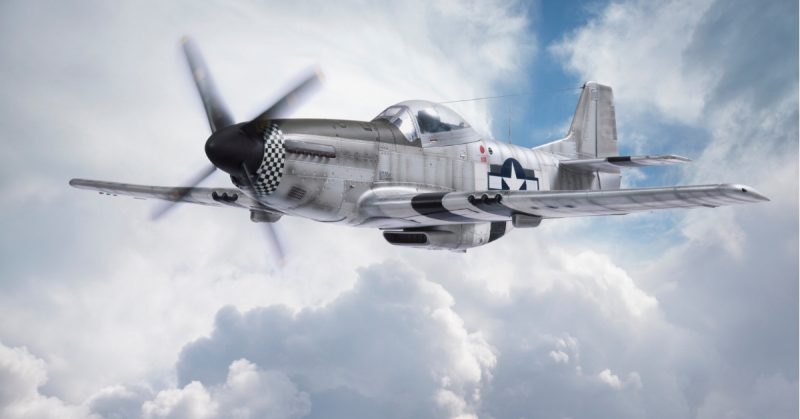Although many people resisted the Nazis, most of them did so furtively. Not so the Parisians. Even with heavily-armed Germans in their midst, residents began openly fighting back in 1944 – due to a sign from the heavens.
When Nazi Germany occupied Paris on June 14, 1940, the City of Lights became dark with blackouts to conserve fuel. There were also curfews, rationing of food, tobacco, and clothing, and other indignities that humiliated and enraged the French. Some protested, but they were viciously suppressed.
To maintain the increasing industrial production in their homeland, the Germans imposed the Service du Travail Obligatoire (obligatory work service) on France. Some 600,000 to 650,000 men and women were forced to work in German factories and farms – the third largest workforce after Russians and Poles. Seething, the Parisians bided their time.
Born on April 10, 1921, in Virginia, William Bruce “Bill” Overstreet Jr. did not know it but, unwittingly, he was to do something about it. In 1941, he was working part-time as a statistical engineer while attending college when the Japanese attacked Pearl Harbor. From that moment on, he dreamed of the skies.
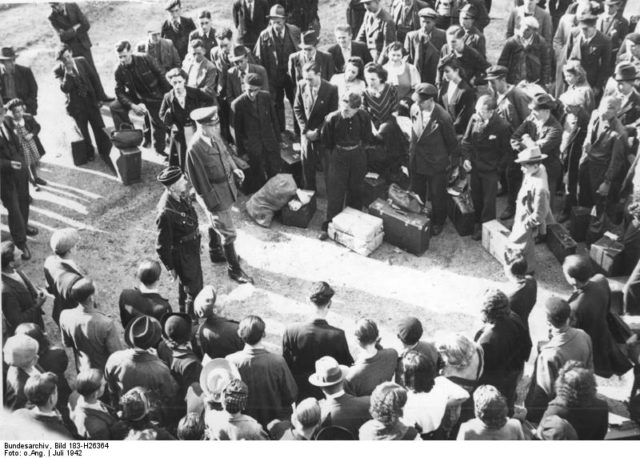
He became a private in February 1942 and made his way to the Rankin Aeronautical Academy in Tulare, California. Named after its founder, champion aerobatic pilot Tex Rankin, Overstreet described his training as “unconventional.” Once, while a mere 500 feet from the ground, his instructor cut the plane’s engine and told him to land it.
After learning to fly several planes, he was assigned to the 357th Fighter Group, 363rd Fighter Squadron. Among the stunts he enjoyed was flying loops around San Francisco’s Golden Gate Bridge to the annoyance of many people who filed legal complaints. Fortunately, the US government was on his side.
So was luck. On June 28, 1943, Overstreet was trapped in a tumbling Bell P-39 Airacobra. By the time he had forced the door open and pulled his parachute, he was standing among the wreckage – making him the first pilot to survive a crashed P-39.
Next, he was sent to Britain’s Royal Air Force (RAF) base in Suffolk where he learned to fly the new North American P-51 Mustangs. Overstreet got his first one in February 1944 and named it the Southern Belle. When another pilot crashed it, he called his new one the Berlin Express – convinced that someday he would fly over Berlin.
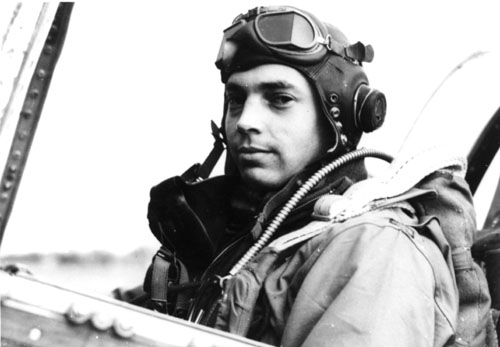
He got his wish on March 6, 1944, when his squadron bombed the German capital with no losses to themselves. That got them their first Citation.
On May 23, Overstreet got into trouble. He was flying over southern France at 25,000 feet when enemy flak cut his oxygen line. When he came to, he was in a downward spin. He quickly recovered but noticed he had lost 90 minutes he could not account for.
Then he was blinded during a dogfight with a Messerschmitt Bf 109 at 30,000 feet. The German plane dived, and he followed, but it occurred so quickly the pressure caused his eyes to swell shut. Fortunately, there was radio. Using his friends’ eyes, he was able to fly back to England, but it took several days for his vision to return.
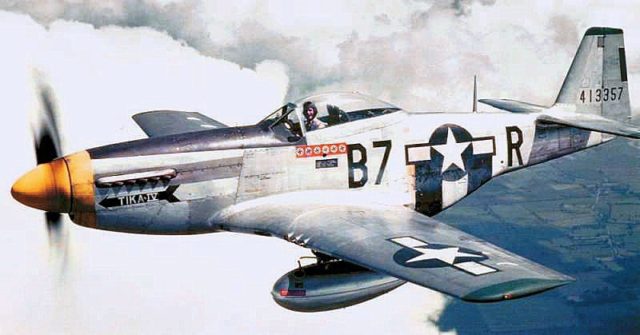
In June 1944 a few weeks before the D-Day Landings – the exact date was unknown – Overstreet entered the history books. He was providing escort duty for a group of bombers targeting German positions in France when the Germans sent them a welcoming party.
Overstreet and his unit fought them off. Most flew away – except for one determined German. Overstreet engaged him in a dogfight, but the Bf 109 flew toward Paris, hoping the city’s anti-aircraft artillery would take out the Berlin Express. The American managed to hit the Bf 109’s engines at 1,500 feet, but it kept on going. So did Overstreet.
Hoping to lose the pesky American, the German flew low – heading toward the Eiffel Tower. So did Overstreet. Before the anti-aircraft guns could open fire, Overstreet fired first – scattering German soldiers on the avenue below. Desperate, the German pilot did the only thing he could and hoped for the best – he flew beneath the base arch of the Eiffel Tower.
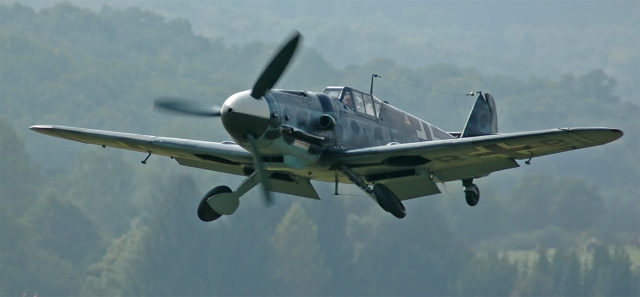
Overstreet followed with his guns blazing at the Bf 109 and scored several direct hits. Modest to a fault, the American never claimed a kill nor even declared a “probable” kill. The German flew off, fate unknown. Overstreet then flew back to England. He continued to fight more air battles up until D-Day and beyond, thinking no more of what had occurred.
On the streets below, the Parisians had been watching. For them, it was a sign from the heavens. If Americans could fly over their German-controlled skies with impunity, especially a lone plane, then surely the Germans were weakening.
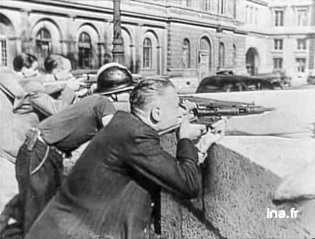
Minor acts of defiance began, such as painting “V” (for victory) on walls. Weapons smuggled in by Allied forces and their collaborators enabled resistance factions to work together. When news of the Allied landings in Normandy on June 6 reached the city, people openly rejoiced.
On July 14, hundreds of thousands gathered to celebrate Bastille Day (France’s Independence Day from a monarchy). The Germans had banned the event, so soldiers fired into the air, but no one budged. The Police were ordered to round up celebrants, but they refused.
On August 10, 40,000 railway workers went on strike – stranding German soldiers throughout France. Five days later, Parisian police learned their colleagues in the suburbs were being disarmed so they, too, went on strike.
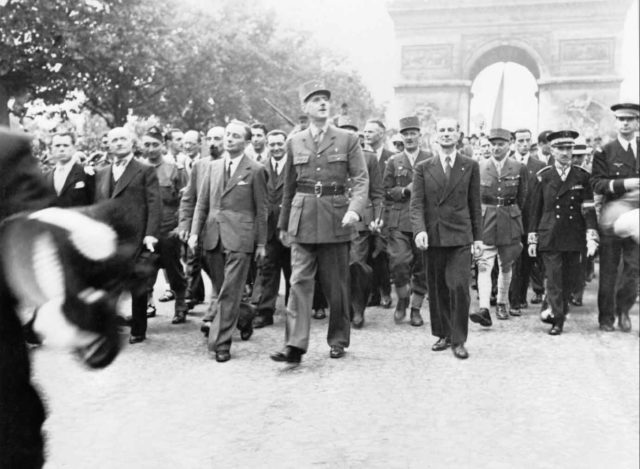
Then, on August 19, the National Council of the Resistance and the Parisian Committee on Liberation declared an uprising. They attacked and occupied several government buildings. The next day, they arrested the Prefect of Paris and his administration.
Parisians joined the uprising, took up arms, barricaded streets, and attacked German soldiers. By the time the first Allied tanks entered the city on August 23, the fighting was mostly over. The German commander in charge of the city surrendered. He had been ordered to obliterate the city but did not have the heart to do it.
The French finally thanked Overstreet with the Legion of Honor in 2009. It was presented by the son of a resistance fighter who saw the Berlin Express zoom beneath the Eiffel Tower.
Typical of him, Overstreet dedicated it to those who did not return from the war.
